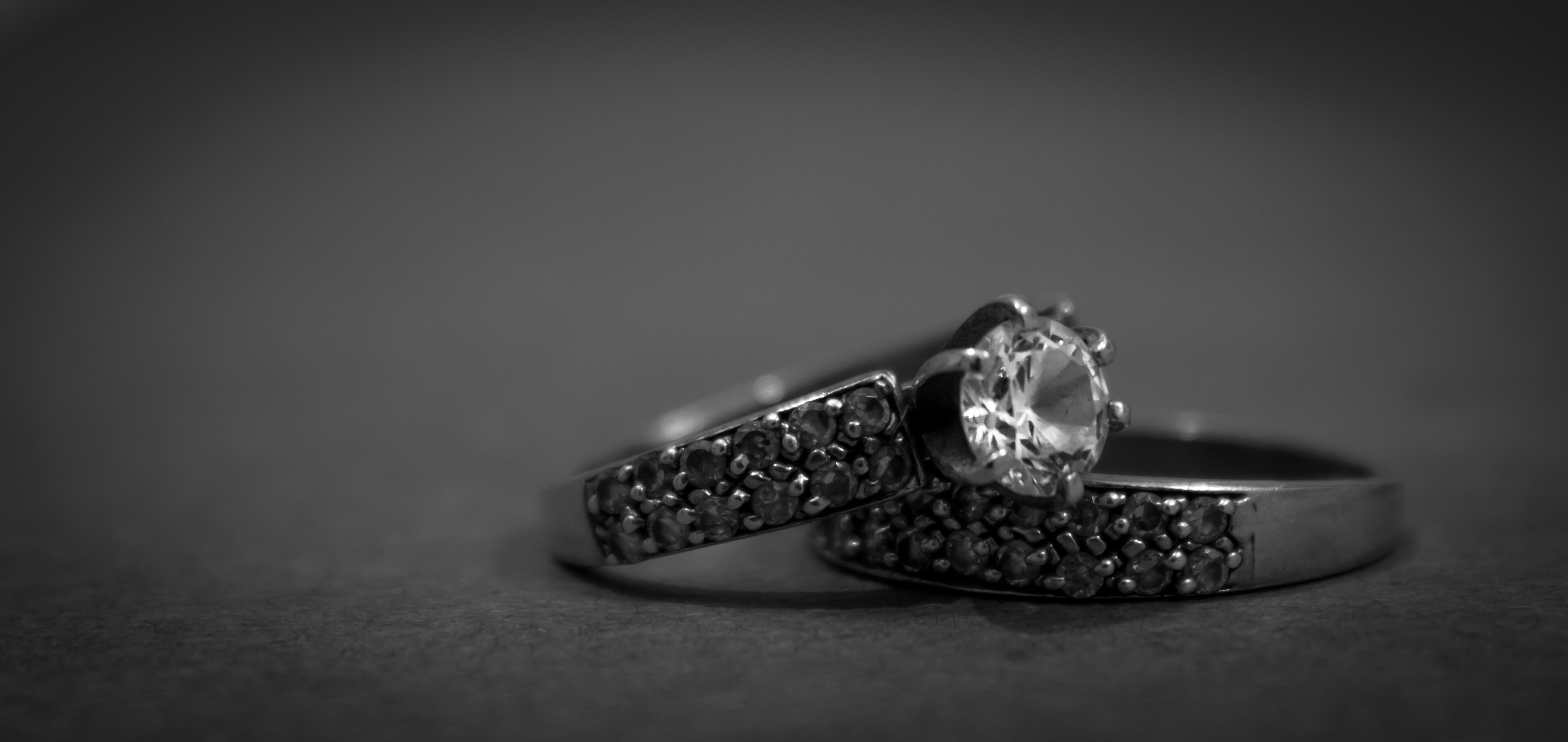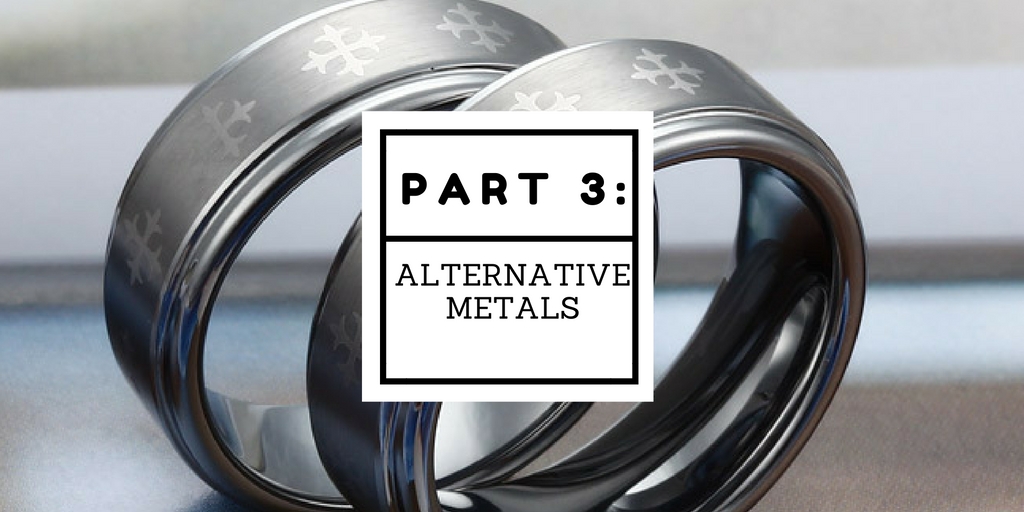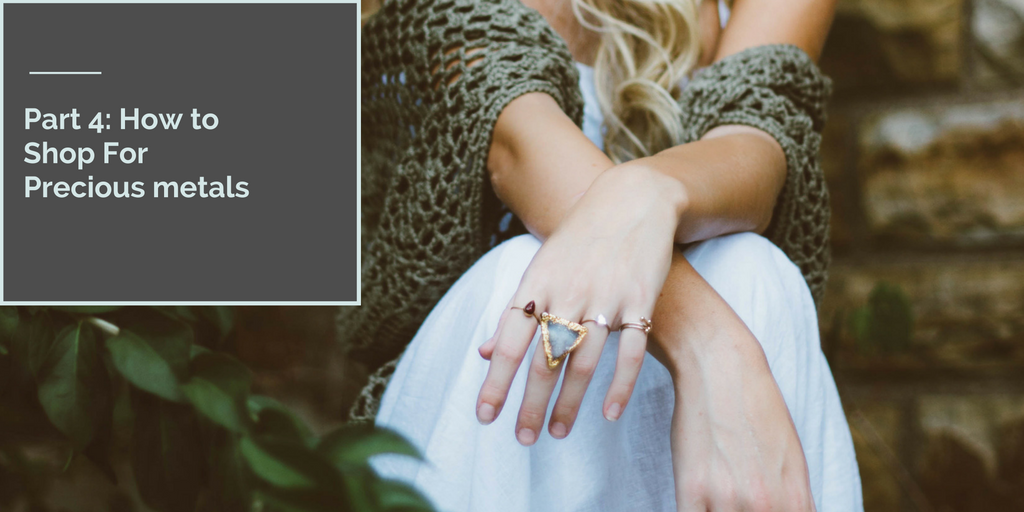But with this immense variety of metals, how is anyone to know which metal is the best choice for them? What follows is a (brief) explanation of what precious metals are perfect for you and your budding jewelry collection.
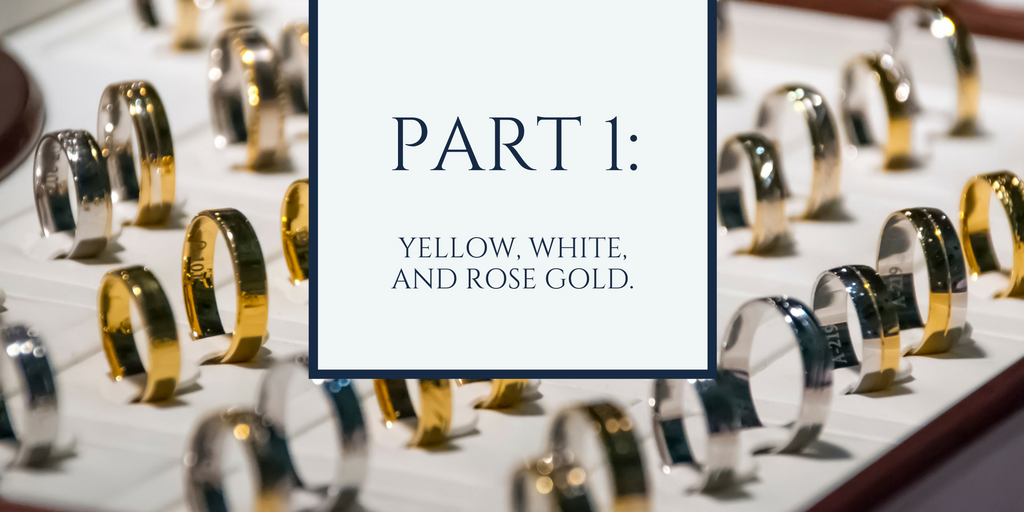
Part One: The Golds
Probably the most recognizable precious metal in existence, gold has been coveted for centuries for its flexibility, bright yellow-colored shine, its long-lasting, and tarnish-resisting attributes. Featured prominently in all types of jewelry including, most famously, wedding bands and engagement rings, gold is the ideal metal for crafting items of intricately formed designs, and perfect complements diamonds and gems of all colors and shapes.
Generally, fashion and bridal jewelry is made with three major types of gold, yellow, white, and rose, all of which have various advantages and disadvantages depending on what they’re used to make.
- Yellow Gold: Probably the image that pops into most people’s heads when they think of gold, yellow gold is of a distinctive, bright, shining coloring and is nearly entirely hypoallergenic and incredibly resistant to tarnish and wear.
- Advantages of Yellow Gold:
- Yellow gold is an extremely classic and timeless look that is sure to never be out of style.
- Little chance of inciting an allergic reaction in the wearer.
- Routinely less expensive than other golds.
- Yellow Gold is Great for:
- Engagement Rings, wedding bands, men’s watches, bracelets, fashion rings.
- Advantages of Yellow Gold:
- White Gold: Bright, unique, and with a bold silver-like coloring, white gold items are an understate, subtle, and affordable alternative to platinum.
- Advantages of White Gold:
- White gold rings are more easily resizable than other materials.
- The white color brilliantly emphasizes the natural sparkle of any diamonds that might adorn it.
- Resistant to rust and corrosion.
- White Gold is Great for:
- Engagement rings, wedding bands, earrings, women’s watches.
- Advantages of White Gold:
- Rose Gold: Romantic, dreamy, and vintage-looking, the pink color of rose gold is an extremely popular choice amongst those searching for a more distinguishing gold fare.
- Advantages of Rose Gold:
- Rose gold is more durable than both white and yellow gold.
- Beautifully complements all skin tones.
- Makes a stunning accent to other metals and stone colors.
- Rose Gold is Great for:
- Wedding bands, cufflinks, charm bracelets, women’s timepieces.
- Advantages of Rose Gold:
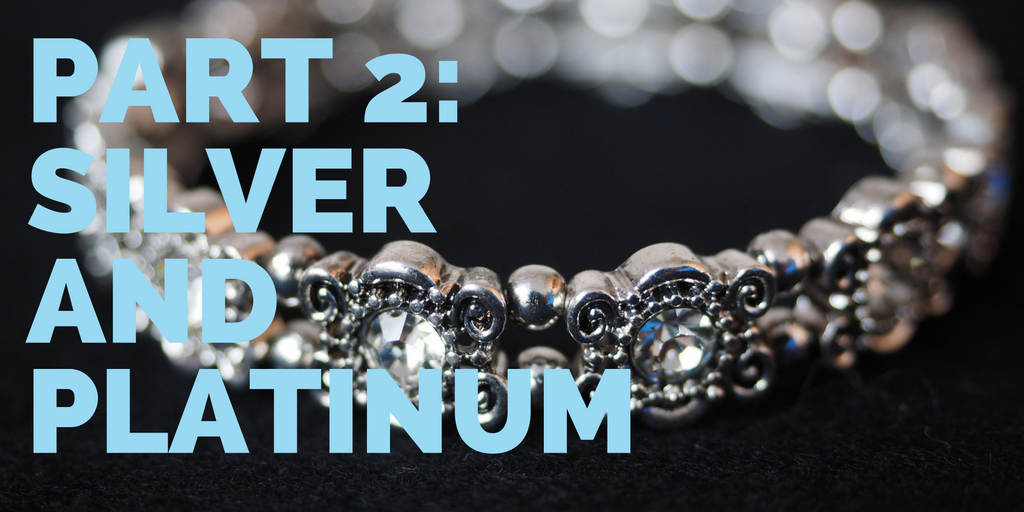
Part Two: Silver and Platinum
- Silver: Similar in flexibility, splendor, and presence as gold, silver is widely used today in the making of fine jewelry items for both women and men alike. Due to its extreme softness, most silver jewelry items are made of silver mixed with a bit of copper, something that increases the metals’ strength and resistance to tarnish. When shopping for silver jewelry, always look to for 925 Sterling Silver, which is the highest-quality silver available.
- Advantages of Sterling Silver:
- The brightest of all precious metals.
- Extremely durable and very easy to clean.
- Sterling Silver is easily matches other metals without clashing.
- Sterling Silver is Great for:
- Necklaces, earrings, men’s jewelry items.
- Advantages of Sterling Silver:
- Platinum: One of the rarest metals on Earth, platinum jewelry items are some of the hardiest and most durable pieces on the market. Renowned for its amazing density, platinum is also longer lasting, as well as resistant to everyday wear and tear. Some designer, such as California-based Michael M, have begun using 950 platinum that is one of the most beautiful metals available.
- Advantages of Platinum:
- Totally hypoallergenic
- Never loses its shine or color.
- Extremely low-maintenance and easy to clean.
- Platinum is Great for:
- Wedding bands, necklaces, bracelets.
- Advantages of Platinum:
Part Three: Alternative Metals
While the “alternative metals” sounds like something you might listen to in a mosh pit, precious metals such as Tungsten, Stainless Steel, Cobalt, Titanium, and others, are becoming an increasingly popular choice for those individuals who are searching for a metal that is different, special, and unique.
- Titanium: Lightweight and comfortable, titanium is an inexpensive alternative to white gold or platinum fine jewelry. Titanium rings are difficult to resize and are unable to be made into rings that feature prong settings.
- Tungsten: Distinctively dark-gray, tungsten items are entirely scratch resistant and hypoallergenic, yet cannot be resized and are susceptible to breakage.
- Ceramics: Made of titanium carbide, ceramic jewelry has become a popular choice for jewelry buyers who enjoy the metal’s dark coloring and resistance to surface damage. Note: ceramic rings are not resizable, so make sure to measure before buying.
- Palladium: Similarly colored, but far lighter than platinum, palladium jewelry items are extremely easy to maintain, hypoallergenic, and tarnish-resistant, yet like most alternative metals palladium rings are also difficult to repair and re-size.
- Cobalt: Commonly used to make inexpensive men’s and women’s wedding bands, cobalt has a comparable hardiness to titanium carbide and tungsten. While cobalt jewelry will resist tarnish over time, it is also challenging to resize and are not scratch-resistant.
Part Four: How to Shop for Precious Metals
When it’s your time to shop for precious metal jewelry pieces, be it engagement rings, wedding bands, earrings, necklaces, cufflinks, money clips, or whatever else, it is of the utmost importance that you do your research, and find a retailer that you know and can trust. Due to the extreme value of many of these materials, the sad truth is that it is risky to buy jewelry from retailers, be them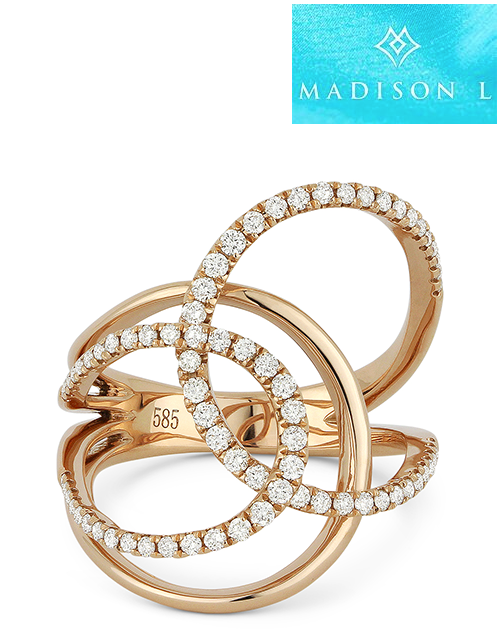 online or otherwise.
online or otherwise.
Luckily for those looking for fine jewelry, most independent jewelry retailers are held to strict guidelines by jewelry designers, such as Madison L and others, who hold their authorized retailers to rigorous standards of quality and excellence.
Additionally, the staff at these retailers are specially educated to answer any questions that anyone could possibly have about the before mentioned metals and others, and are trained to assist in making the jewelry purchasing experience as simple and stress-free as possible.
